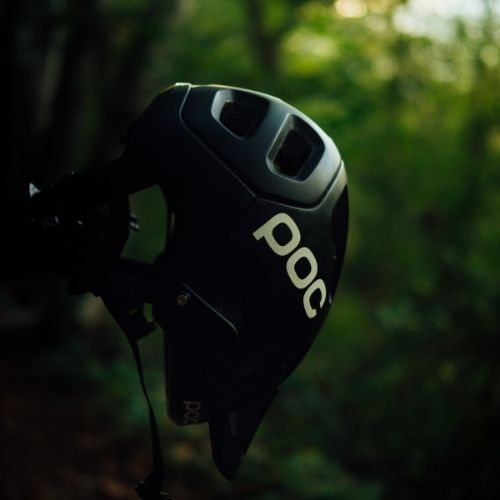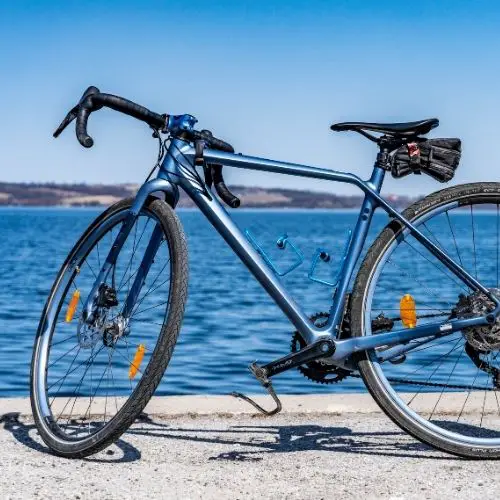Irrespective of whether you’re riding a motorcycle or a bicycle, it’s vital to keep safety as the topmost priority and wear a helmet. Various types of helmets are available for this purpose. Many helmets are meant for certain types of cycling. When you’re selecting a bicycle helmet, you have to think about the riding, the environmental conditions, proper head fitting, and your budget as well.
How to Get the Right Helmet?

Various sizes, shapes, features, and purposes must be bewildering for the ones who want to purchase a bicycle helmet, so here is a guide for helping you in making informed decisions.
The first requirement is getting proper size, which can be searched in the below-mentioned charts. Also, we explained about different safety elements and essential features of modern cycling helmets.
With these considerations, you move ahead and select the best available helmet in the budget.
Finding the Right Helmet Size
This can be done within a minute! You need one measuring tape with a start measurement of about 2.5cm above the eyebrows on the forehead. Now measure the head’s circumference while keeping the measuring tape level above the years. You can use a mirror for checking whether you’re measuring straight or not.
Ensure that the tape measure is close fit while redoing the measurement a few times for ensuring that the outcome is accurate. Finding the perfectly fitting helmet is vital for the effectiveness of the helmet in case of an impact.
After having the assessment done, you can use the below-mentioned table below to find the size that you require. Before buying you must consult a size guide.
Imperial: XS S M L XL
The imperial measuring will be measured in inches, so you will be looking to see which of the following groups of inches your head fits into: 18” – 20 1/8”, 20 1/8” – 21″ 2/3”, 21 2/3” – 23 ¼”, 23 ¼” – 24 4/5”, 24” – 25 3/5”.
Metric
The imperial system measures by cenimeters, meaning the circumference will be in these categories: 47 – 51cm, 51 – 55cm, 55 – 59cm, 59 – 63cm, 61 – 65 cm.
Selecting Helmet Depending on the Use
Various helmets are based on the type of cycling you’re doing: city, all-road or terrain, countryside, etc. Different disciplines have different helmet types. All these bicycle helmets can comply with all necessary safety guidelines to deliver the same protection level.
- Road Bike Helmets – Are well ventilated, light, and fit well. The vents must be located carefully as well.
- Kids Helmets – These are ideal for kids aged nine or more. From 10 years of age or more using an adult type helmet would be necessary. Cycling helmets meant for kids of 1 to 3 of age are short and compact at the backside, making them ideal for kid seats. Such helmet types are also used by kids who ride balance bicycles.
- A helmet having a wheel for adjustment at backside is a great add-on so you can get the best fit for the kid’s head.
- Helmets for Mountain Bikes – These have the same features as a typical road bicycle helmet. However, there are certain additional requirements: It has to cover the entire head to protect you against falls and branches as the tumbling risk is greater in such discipline. With a visor, you’re also protected from the mud. You can find one of our favorite budget mountain biking helmets here in this article!
The Head Size

The helmet has to be of the right size for effectiveness and comfort in an accident. This is not rocket science – you have to measure the head size.
Whatever measurement you’ve got, you must always try the helmet before purchasing! People have different heads and the helmet type also affects how comfortable you’re feeling. Due to this, if it is a great fit, it would be great to have a helmet that isn’t the typical style for the activity you’re doing.
- Dividers – You must also think about dividers (the straps on the neck). When these are adjusted correctly, they’ll stop the helmet from moving about).
- Size – The cycling ship probably has a measurement device for your use but if not, the head size measurement of the kid at the house should use a flexible measuring tape. The measurement also tells you whether you have to look at the S, M, and L helmets (you’ll also find a size chart in the area store).
Certified Cycling Helmets
There are different bicycle helmet standards with safety and quality standards for certain countries which are internationally accepted. A bicycle helmet should have various certifications such as:
- The US Consumer Product Safety Commission (US) Safety Standard for Bicycle Helmets.
- European CEN standard helmets are meant for Pedal Cyclists and Roller Skate and Skateboard users.
- Japanese Industrial Standard and protective helmets for cyclists. JIS T 8134- 1982. Translation through Japanese Standards Association.
- New Zealand/Australia: NZS/AS 2063: 2008 Standards for Bicycle helmets.
Conclusion
Common day-to-day usage cycle helmets are meant to be lightweight and provide an aerodynamic benefit for long-distance riding. These are built often with versatility and are used in different disciplines, like cross-country riding. Road bikes also feature various vents to let the heat escape in uphill climbs or exhausting rides. Elite helmets are built with lighter materials and provide premium ventilation and safety.














